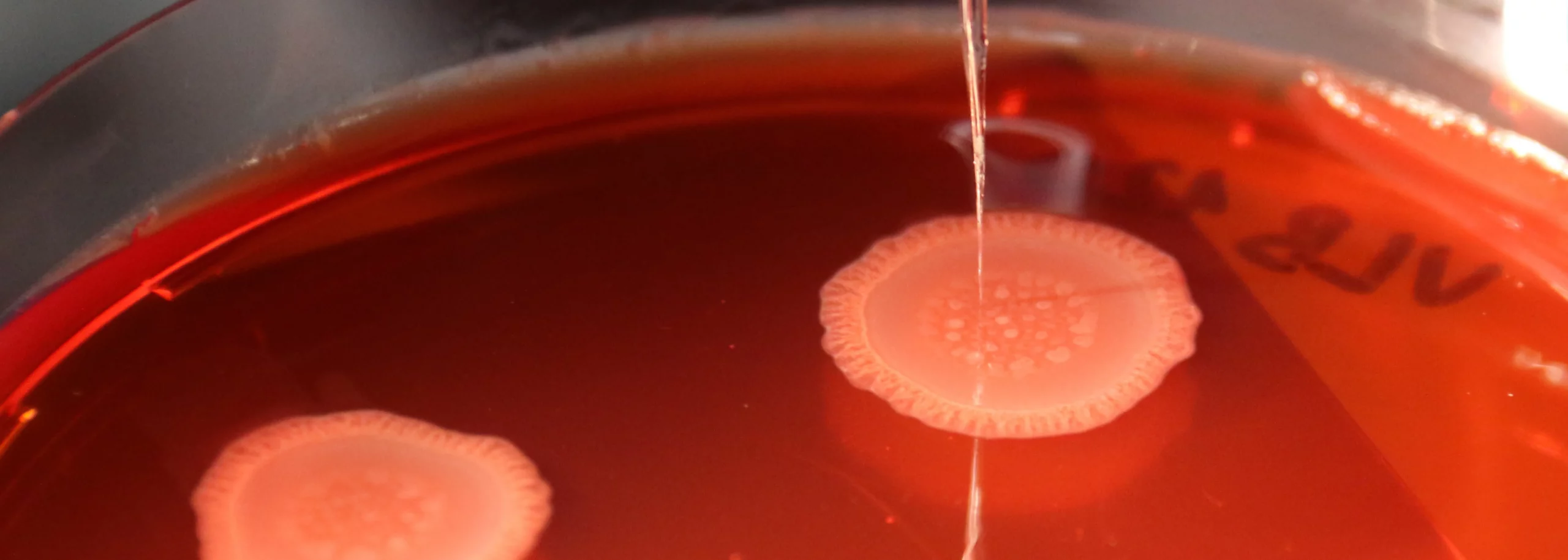
Oxygen and Redox Potential in Pseudomonas Aeruginosa Colony Biofilms
In this study, researchers investigated the reduction of phenazines, which are antibiotics produced by P. aeruginosa.
Associate Professor Lars Dietrich and his research group at Columbia University routinely use Unisense oxygen microsensors and redox microelectrodes to characterize the chemical gradients that form in bacterial colony biofilms.
The Dietrich lab focuses mainly on Pseudomonas aeruginosa PA14 which is a gram-negative pathogen involved in e.g. lung infections. They use the Unisense microsensors together with the Unisense Microprofiling System to obtain valuable information about the biofilm microenvironment and redox metabolism.
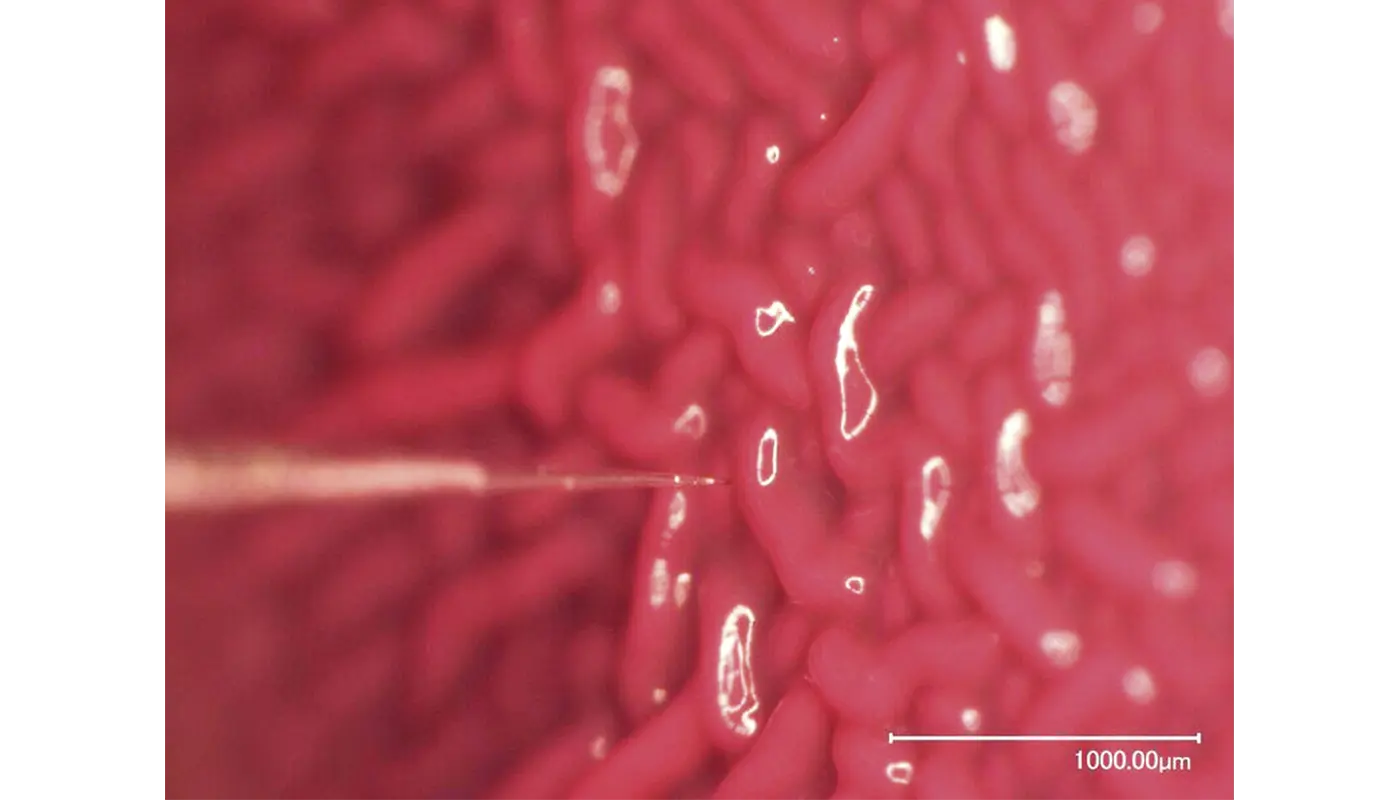
Laboratory setup
The researchers completed oxygen and redox potential profiling in a P. aeruginosa PA14 colony biofilm model grown on agar-solidified media. On day two, the thickness of the wild-type P. aeruginosa colony and the phenazine-null mutant was ~125 µm and ~80 µm, respectively, and microprofiles were made down to a depth of 200 µm. The oxygen concentration was measured using a Unisense oxygen microsensor with a tip diameter of 25 µm (OX-25). The extracellular redox potential was measured using a Unisense redox microelectrode with a tip diameter of 25 µm (RD-25) and a reference electrode (REF-RM).
The researchers used SensorTrace Profiling software to control the movement of the sensors and completed microprofiles with a measuring period of 3 seconds and a waiting time between measurements of 5 seconds. Data acquisition and analysis were done with the SensorTrace Profiling software.
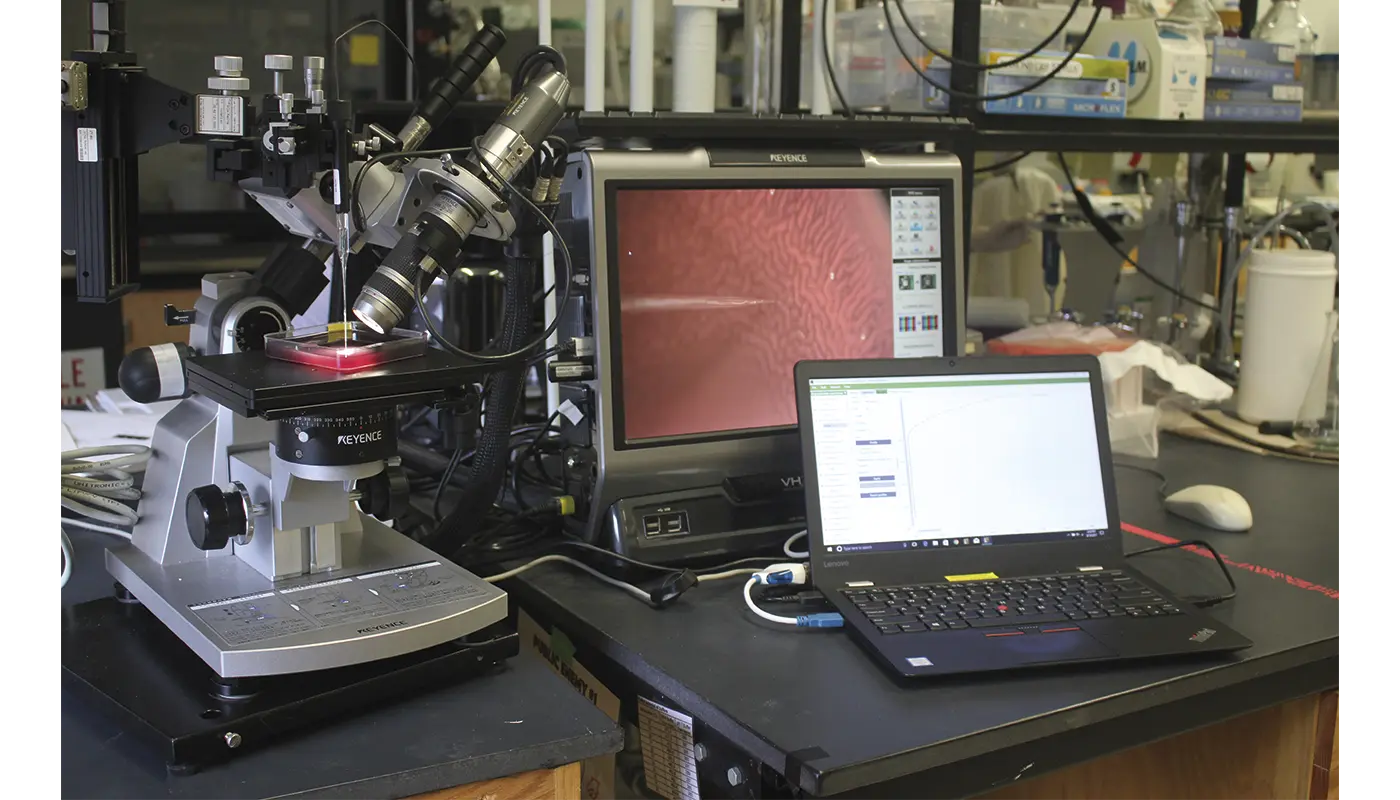
Results and conclusion
The image shows the oxygen concentration and redox potential as a function of depth in the wild-type P. aeruginosa colony biofilm and a phenazinenull mutant (no phenazine production). The oxygen gradient in the wildtype and mutant biofilms decreased similarly from the surface and down into the biofilm. The redox potential in the wild-type biofilm decreased with depth whereas the redox potential in the mutant remained the same throughout the biofilm. The decrease of redox potential in the wild type indicated reduction of the phenazines. The decline in oxygen concentration was seen right from the surface of the wild-type biofilm whereas the decline in redox potential was mostly pronounced at around 50 µm depth.
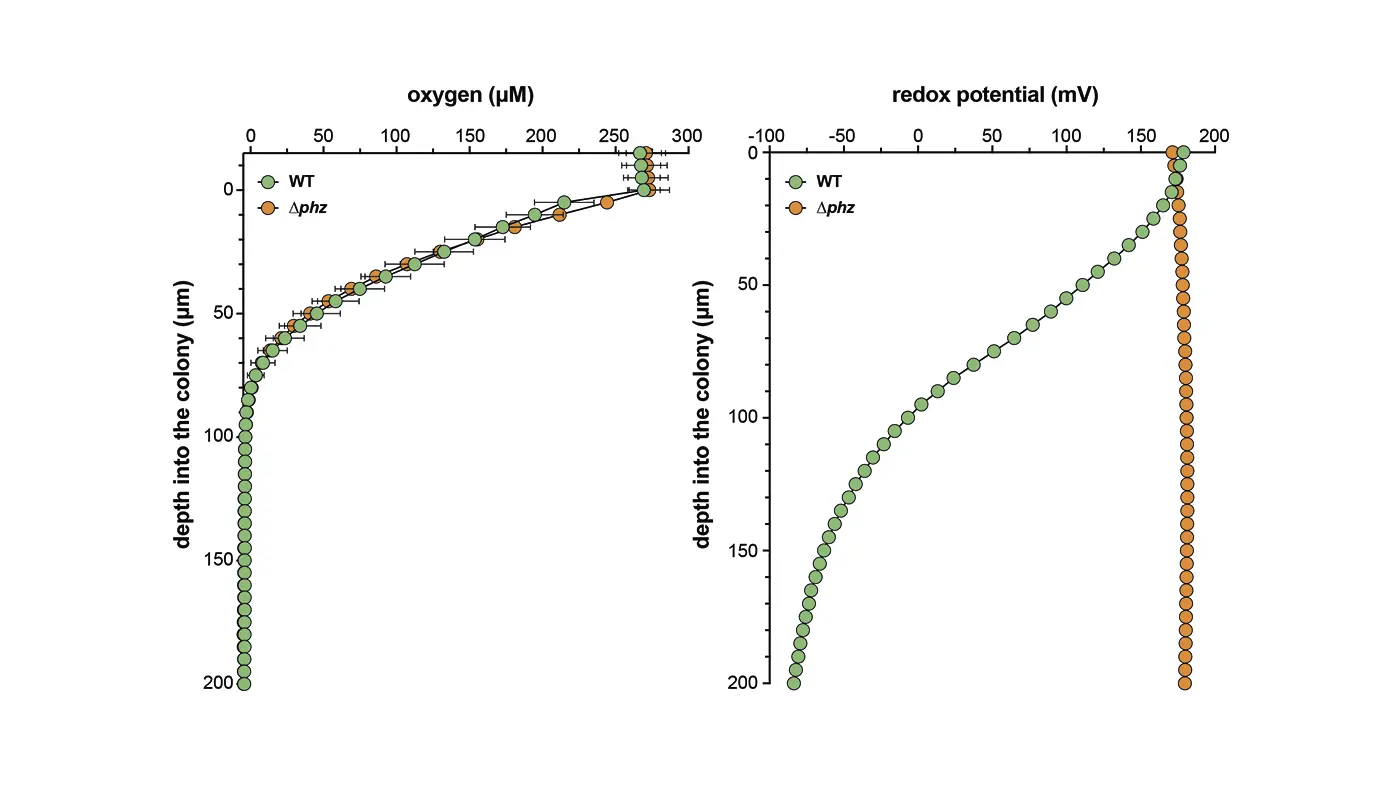
The data suggested that the use of oxygen and phenazines as electron acceptors by the bacteria depends on the depth in the biofilm and that oxygen is preferred. The reduction of phenazines in the hypoxic zones of the biofilm could contribute to survival of the bacteria and may be an important finding for the development of new treatment strategies.
Related Publications
Related products
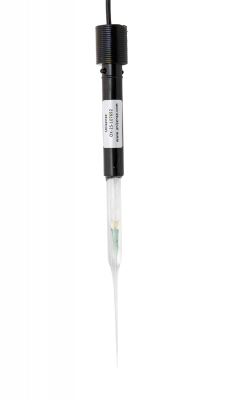
High performance oxygen microsensor

UniAmp Multi Channel for all Unisense sensors and electrodes including optical sensors
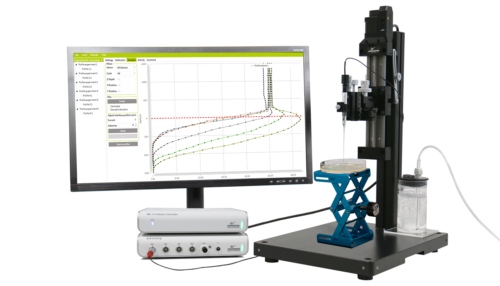
Microprofiles with extreme accuracy, high spatial and temporal resolution
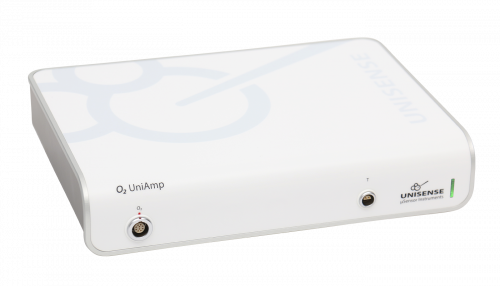
Economic amplifier portfolio for single analytes - O2, pH/mV, H2, N2O or H2S
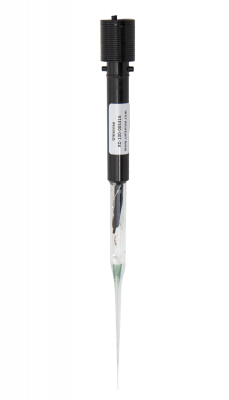
Measure redox potential in microenvironments
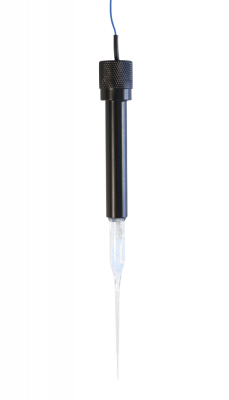
Reference electrode for pH or Redox microelectrodes

Calibrate, control, program, analyze, and visualize your microsensor measurements
